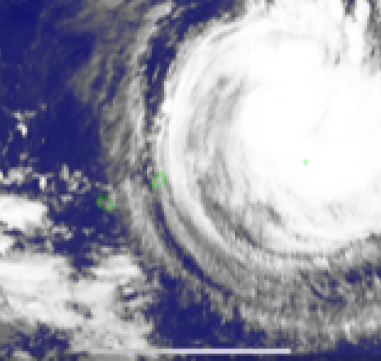01 Apr 2019
Natural Disasters : Be proactive for your business continuity
Cyclone Idai has triggered a massive disaster destroying large areas in Mozambique, Malawi and Madagascar. It caused hundreds ofdeaths and flooding leading to epidemics. The United Nations have described Idai as one of the worst weather-related calamities to impact the southern hemisphere. Last week, the intense tropical cyclone Joaninha destroyed infrastructures, houses and agricultural lands in Rodrigues.
A proactive resiliency strategy with an up-to-date and fully tested Business Continuity Plan will enable your business operations to continue in the event of such natural disasters.
Businesses have to plan against these threats to avoid disruption, significant down time and adversely impacting revenues. By understanding the impact of the risks caused by extreme Natural Disasters on your internal processes and technologies, you can plan against such Threats.
The Business Continuity Management (BCM) methodology used by our subsidiary ContinuityMauritius is the one recommended by the Business Continuity Institute (BCI), the leading international body for Business Continuity professionals, as detailed below:
- BCM Policy and Programme Management – Focusing on BCM governance, policy and programme.
- Analysis – Conducting Business Impact Analysis (BIA) and Risk Assessments to understand the organisation’s priorities and environment.
- Design – Determining BCM recovery strategies including ICT Disaster Recovery strategies.
- Implementation – Developing ICT Disaster Recovery Plans, Business Continuity Plans, Emergency Response Plans and Crisis Management Plans.
- Validation – Testing conducted for implemented plans and maintenance structures.
- Embedding BCM – Carrying out initiatives and documentations in place to support BCM training and awareness activities aimed at organisational BCM awareness.
For more information on the topic and our Resiliency Solutions & Services, please contact us by email resiliency@birger.technology.
BIRGER.



